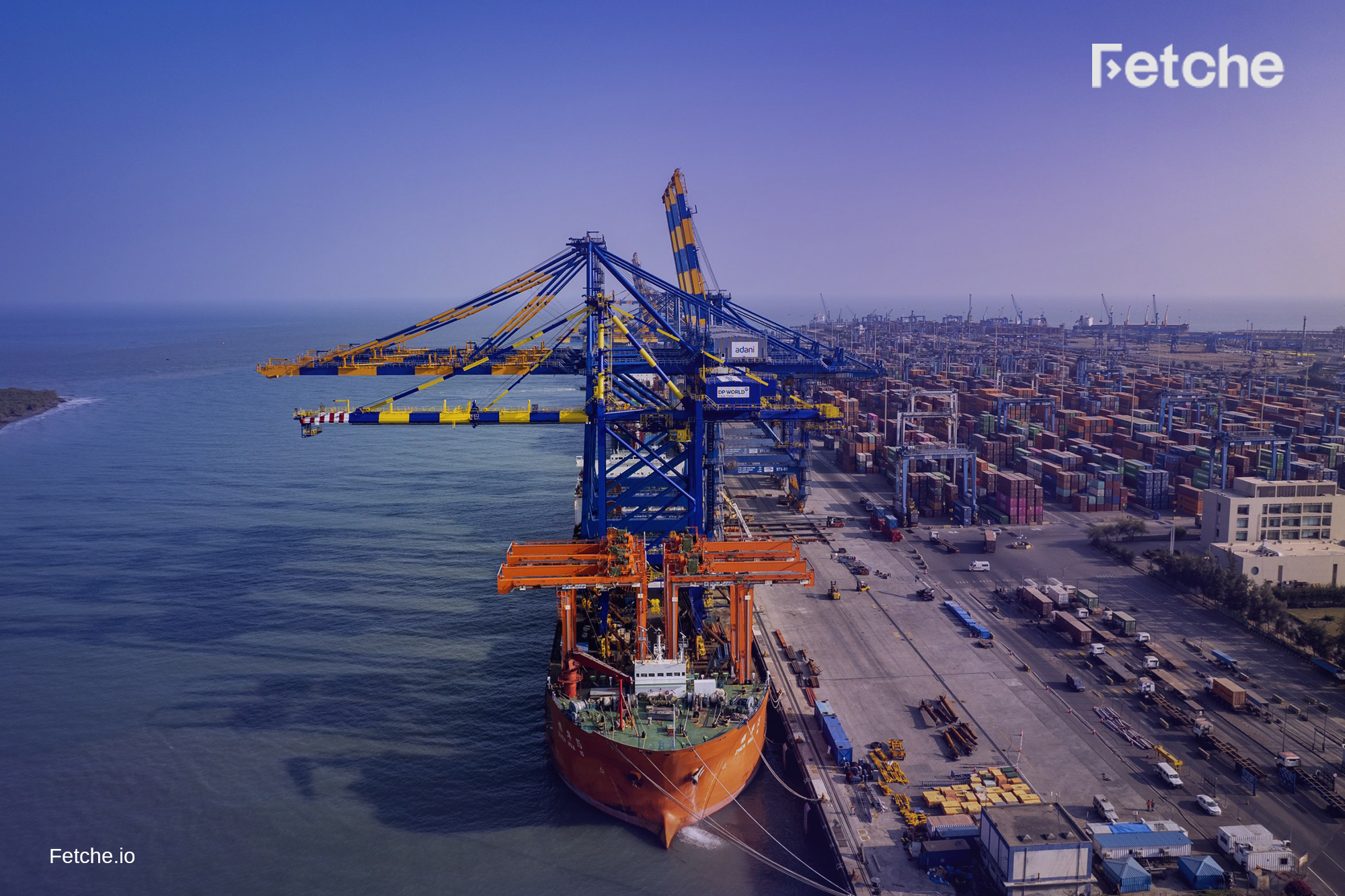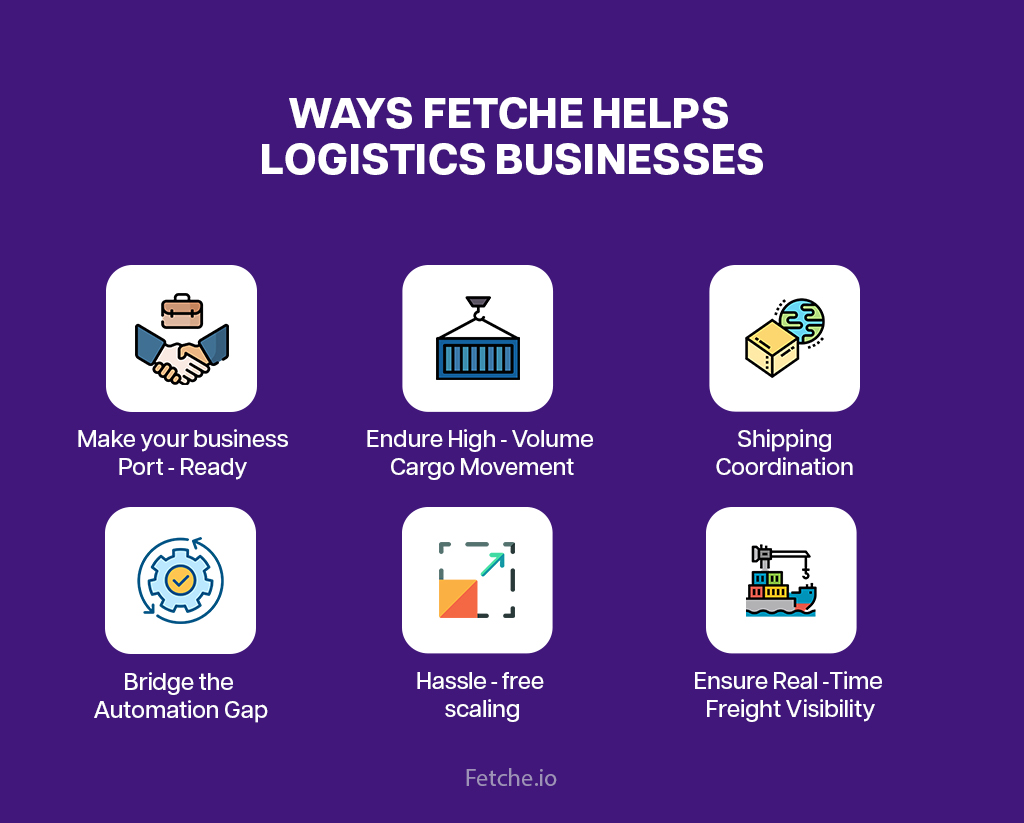
The Vizhinjam port is all set to be the game changer in logistics operations. Its proximity to global shipping routes is promising and signals a plethora of business opportunities. With many companies already eyeing the possibilities, it is time to examine in detail the characteristics of this port and how it will transform the logistics scene in India.
This blog is our attempt at scratching the surface of the immense possibilities packed into this high-capacity port.
The Port that Heralds a New Era
The Vizhinjam Port is infamous for all the protests and controversies it met with in its initial phases. However, there is no denying it, the Vizhinjam Port heralds a new era in India’s logistics sector. This strategically positioned port is on the international shipping route between Europe and the Far East. In fact, it is the closest to international shipping routes amongst existing Indian ports. Consequently, the Vizhinjam port will have an immense impact on India’s maritime trade. Moreover, it will generate economic prosperity and create thousands of direct and indirect jobs.
Here are a few facts that will help you appreciate the significance of this port:
- Currently, 75% of India’s transshipment cargo is handled at ports like Colombo, Singapore, and Klang. This points to the need for a transhipment hub. That is what Vizhinjam will become.
- The port is only 10 nautical miles from the global maritime trading route.
- The port has a natural draft depth of 20 meters. This allows larger ships to dock in the port.
- The Vizhinjam port is an all-weather port. This means that it will be operational around the year.
- It is India’s first semi-automated port, designed for speed and efficiency.
The Projected Impact on India’s Logistics Industry
At first glance, it is clear that the Vizhinjam port will have a huge impact on India’s logistics industry. Transshipment cargo can be handled in the port, reducing dependency on foreign ports. This will boost trade activities and kindle economic growth. The port will also effectively reduce costs, reduce delivery times, and improve access to international trade routes. But these are highly predictable outcomes. There will be other outcomes too – less apparent, less predictable, but highly beneficial. Does that give you a picture of the ripple effect this project will have? Here are a few points to help you envision it better:
- Dependency on foreign ports will be reduced, which will result in better control over costs and timelines.
- The direct access to international lanes will lead to faster movement of goods.
- Container handling efficiency will increase, raising the port to global standards.
- New trade routes and business opportunities will be unlocked for Indian exporters and importers.
- The turnaround time for cargo will be reduced. This will create pressure on inland logistics systems to keep up.
- The port will speed up trade cycles. This will result in a need for tighter inventory control and faster dispatch capabilities.
- The supply chain will become more competitive.
Challenges That Are Bound To Arise
Any change comes with challenges. As we prepare to partake in the numerous advantages of this venture, we will also be met with complexities. With the high-capacity port, many other things will also have to evolve. After all, the pace has to be matched. The warehouses, the inland transportation, and the inventory systems will all have to keep pace.
Let’s take a look at some of these challenges:
- There will be an increase in cargo volume. Businesses that fail to scale will struggle to handle higher volumes.
- Vizhinjam is a semi-automated port. This means that the support systems also need to be semi-automated. The staff has to work with the tech.
- Other areas of the logistics industry might struggle to meet new standards. To combat this, they must scale and evolve. In other words, operations like inland transportation and warehousing have to adapt and focus on building an advanced infrastructure.
- Companies that use traditional manual systems or rely on siloed operations will struggle to keep up. The latest technologies that provide real-time centralized data are the only way to combat this.
The Vizhinjam port brings with it many challenges and opportunities. To thrive, a company has to grab on to these opportunities undeterred by the challenges. The companies that accomplish this first will reap the most profits. Thus, we are at a crucial juncture in time. To survive, any logistics company has to adapt its operations to be able to capitalize on what the Vizhinjam port has to offer. They will need smarter warehouse management, better real-time inventory visibility, smooth coordination between ports, warehouses, and delivery fleets, and predictive planning tools.
So, What Can Logistics Companies Do to Stay Ahead?
The opportunities are huge. But so is the competition. So, the question follows, ‘What can a logistics company do to stay ahead?’ The answer is simple enough. All logistics operations need to improve. After all, global trade is set to become more accessible. This will prompt customers to expect more for less.
The need of the hour is speed, visibility, and efficiency.
In other words, there is a need for an integrated system that can evolve all logistics operations.
The solution here is Fetche. Fetche is an ERP solution designed for today’s dynamic, high-pressure supply chains.
How can Fetche help?
Here are a few ways Fetche can help logistics businesses amidst the changing logistics scene:

Make your Business Port-Ready
Fetche provides real-time data across inventory, orders, and deliveries. This way, incoming and outgoing shipments will always be aligned. As Vizhinjam reduces turnaround times, Fetche can thus help match the pace across inland operations.
Endure High-Volume Cargo Movement
We already pointed out that the port will cause a spike in cargo volumes. Fetche will give a logistics company the capability to withstand this spike. Features like smart warehouse slotting, inventory management, and automated order processing will prevent bottlenecks and delays.
Shipping Coordination
The Vizhinjam port will spur goods to move faster than ever. This will make it much more difficult to coordinate shipments. Any errors will prove costly. Fetche can help track every mile to/from the port. It gives real-time visibility and live status updates, ensuring optimized movement from pickup to delivery.
Bridge the Automation Gap
As we already mentioned, the Vizhinjam port is semi-automated. This makes it important for logistics operations to be automated too. Fetche can do this. It can bring automation to warehousing, billing, employee coordination, etc. This will effectively bridge the automation gap between the port and the backend systems of a company.
Hassle-free scaling
Scaling is the only option when the infrastructure changes. But scaling is no mean task. It is a hassle in itself and can prove very costly if done without proper planning. This is where Fetche can help. This ERP will simplify processes, reduce errors, and maintain clarity. This way, any business can scale without losing control over its operations.
Final Thoughts
The Vizhinjam port is a defining moment for India. It is going to set the pace of the country’s logistics industry. The logistics companies in the country will also have to grow to keep up. Efficiency, connectivity, and speed are no longer optional. In fact, the way we see it, there are only two options. Companies can either continue with siloed systems, endless spreadsheets, and disconnected operations, or they can integrate and streamline. Those who choose the latter will doubtless mould the future of Indian logistics. The sooner a business switches to a system like Fetche, the better positioned it will be to capitalize on the momentum Vizhinjam is creating.
People say, ‘The future awaits’. But the truth is that the future does not wait for anyone. So start evolving today.
